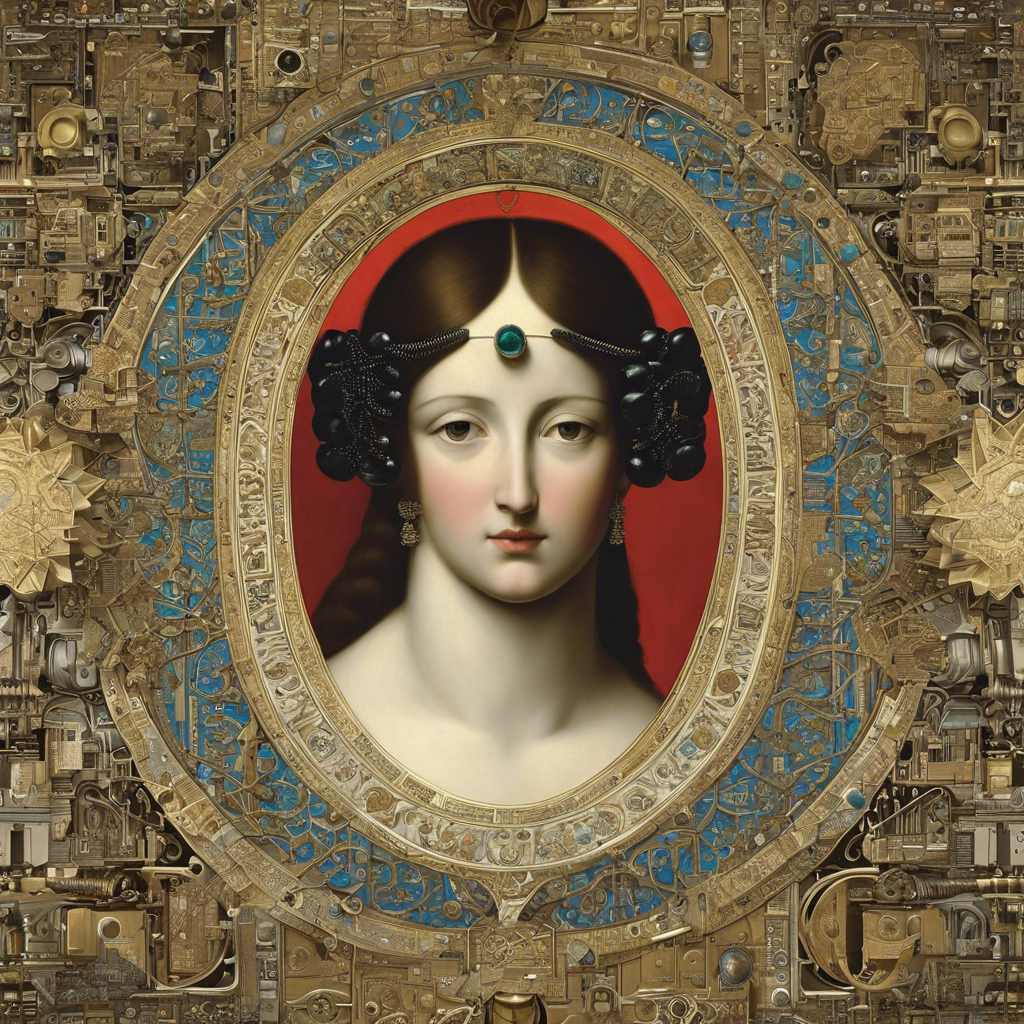The fusion of art and technology has sparked a digital renaissance, with artists embracing innovative mediums to express their creativity. In this era, the boundaries between the physical and virtual worlds are blurring, giving rise to captivating art forms that engage and inspire audiences worldwide.
Digital art, powered by technology, is revolutionizing the artistic landscape. Artists are harnessing the potential of digital tools, from sophisticated software to immersive virtual reality, to create breathtaking works that push the limits of traditional art. This technological renaissance has democratized art, making it more accessible and interactive than ever before. With a few clicks, anyone can explore virtual galleries, interact with 3D installations, and even create their own digital masterpieces.
The digital canvas offers infinite possibilities. Artists can experiment with dynamic visuals, playful animations, and interactive elements that respond to viewer engagement. From digital paintings that evolve over time to immersive virtual reality experiences that transport viewers to fantastical worlds, the boundaries of art are continually being redefined.
Social media and online platforms have played a pivotal role in this digital art revolution. They have provided artists with global stages to showcase their talents and connect with audiences far and wide. Through viral exhibitions and online communities, artists find support, collaboration, and inspiration, fostering a vibrant and diverse creative ecosystem.
This technological era has also given birth to exciting interdisciplinary collaborations. Artists, scientists, and technologists are joining forces to create groundbreaking works that merge art and science. From data visualizations that reveal hidden patterns in nature to interactive installations that explore the complexities of human emotion, these collaborations are expanding our understanding of art and its potential.
The digital renaissance is not just confined to the virtual realm; it is also transforming physical spaces. Interactive installations and augmented reality experiences are enhancing our built environments, inviting us to engage with art in unexpected ways. Public spaces are coming alive with projections, interactive sculptures, and augmented reality artworks that surprise and delight passersby.
This technological movement is breaking down barriers and inviting diverse voices to the artistic stage. It is inclusive, empowering artists regardless of their physical location or background. Digital platforms provide a space for artists with disabilities to showcase their talents, overcoming physical limitations and offering equal opportunities for creative expression.
The digital renaissance is a celebration of art’s evolution, embracing technology as a powerful tool for creative exploration. It invites us to embrace new mediums, challenge our perceptions, and discover the beauty that lies at the intersection of art and technology. As this digital renaissance flourishes, we can expect even more captivating and innovative art forms to emerge, shaping the cultural landscape for generations to come.
In this exciting era, artists are not only embracing existing technologies but also actively shaping the development of new tools. They collaborate with technologists to create custom software, experiment with emerging technologies like artificial intelligence and blockchain, and even invent their own digital tools to realize their artistic vision. This symbiotic relationship between art and technology drives innovation and expands the possibilities for creative expression.
The digital art world has also become a haven for storytelling and immersive experiences. Artists are using interactive narratives to engage viewers, inviting them to influence the plot or even become characters themselves. This participatory approach to storytelling blurs the lines between artist, viewer, and storyteller, creating a dynamic and evolving art form.
As digital technology evolves, so do the security challenges faced by artists and the art world. From protecting intellectual property rights to combating digital forgeries and ensuring the integrity of blockchain-based artworks, artists and art institutions must navigate these complex issues. It underscores the importance of digital security and the development of robust authentication and verification methods.
The digital renaissance is not limited to visual arts; it is transforming performing arts as well. Dance, theater, and music are being reimagined through technology, with digital effects, interactive sets, and virtual performances that defy the limitations of physical spaces. This integration of technology enhances the spectacle and immersive nature of performances, offering audiences unique and memorable experiences.
The preservation of digital art is a unique challenge in this technological era. As software becomes obsolete and file formats change, ensuring the longevity of digital artworks requires careful conservation and migration to newer systems. It involves a delicate balance between preserving the artist’s original intent and adapting the artwork to evolving technological standards, ensuring its accessibility for future generations.
Lastly, the digital renaissance has fostered a stronger connection between artists and their audiences. Through online platforms and social media, artists can directly engage with their followers, receive feedback, and build communities. This direct interaction allows artists to understand their audience’s preferences, fostering a collaborative and inclusive creative process. It also enables fans to actively participate in the artistic journey, creating a deeper connection and appreciation for the arts.

